SmartTextile
SmartTextile
Ambient Weaving
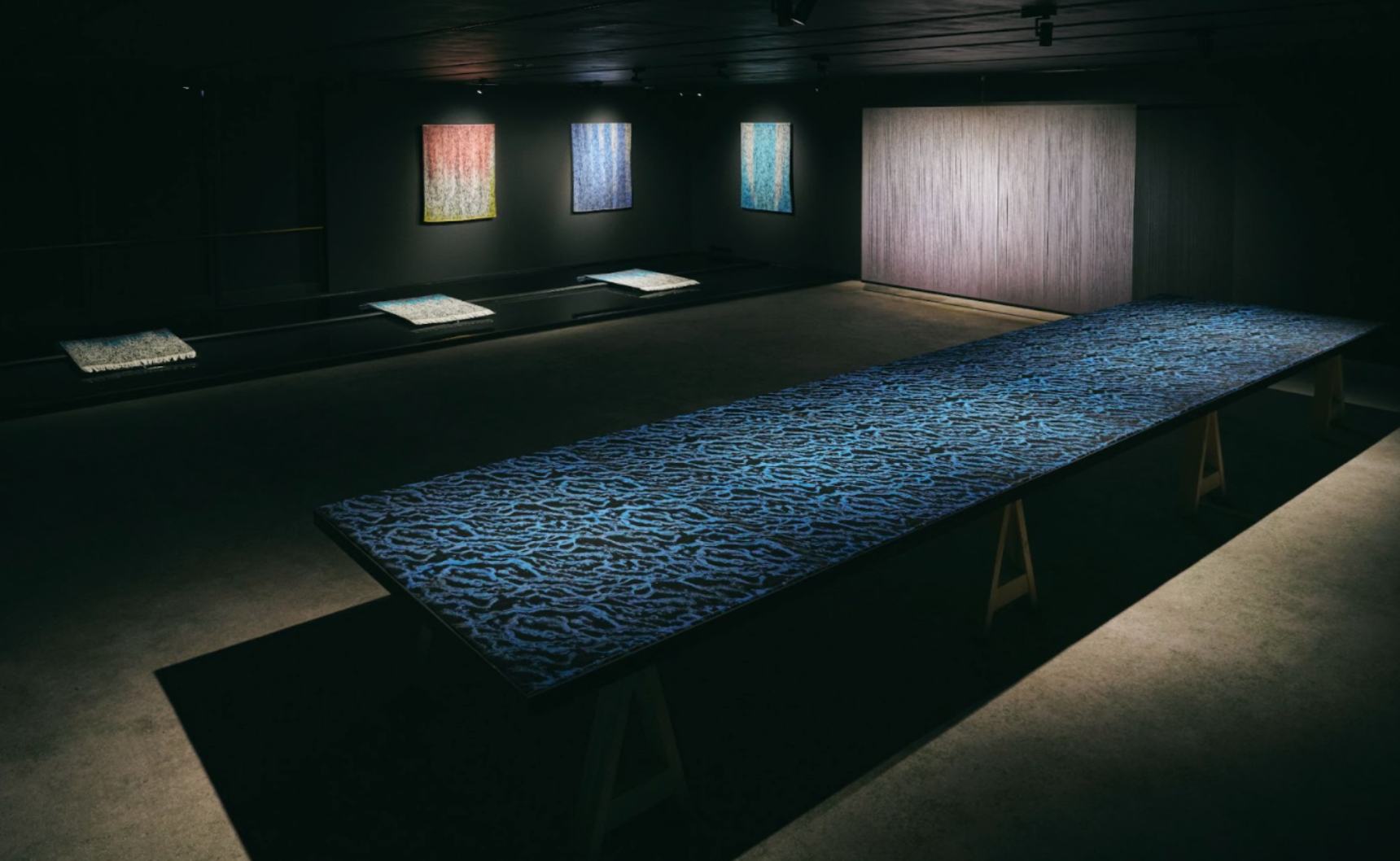
Pursuing materials, function, and beauty Development of innovative textiles
ZOZO Group's first textile development project.
Ltd. and the Yasuaki Kakehi Laboratory of the University of Tokyo's Interfaculty Initiative in Information Studies, a joint research project on the development of new textiles that combine functionality and beauty was conducted.
Ltd. and the Yasuaki Kakehi Laboratory of the University of Tokyo's Interfaculty Initiative in Information Studies, a joint research project on the development of new textiles that combine functionality and beauty was conducted.
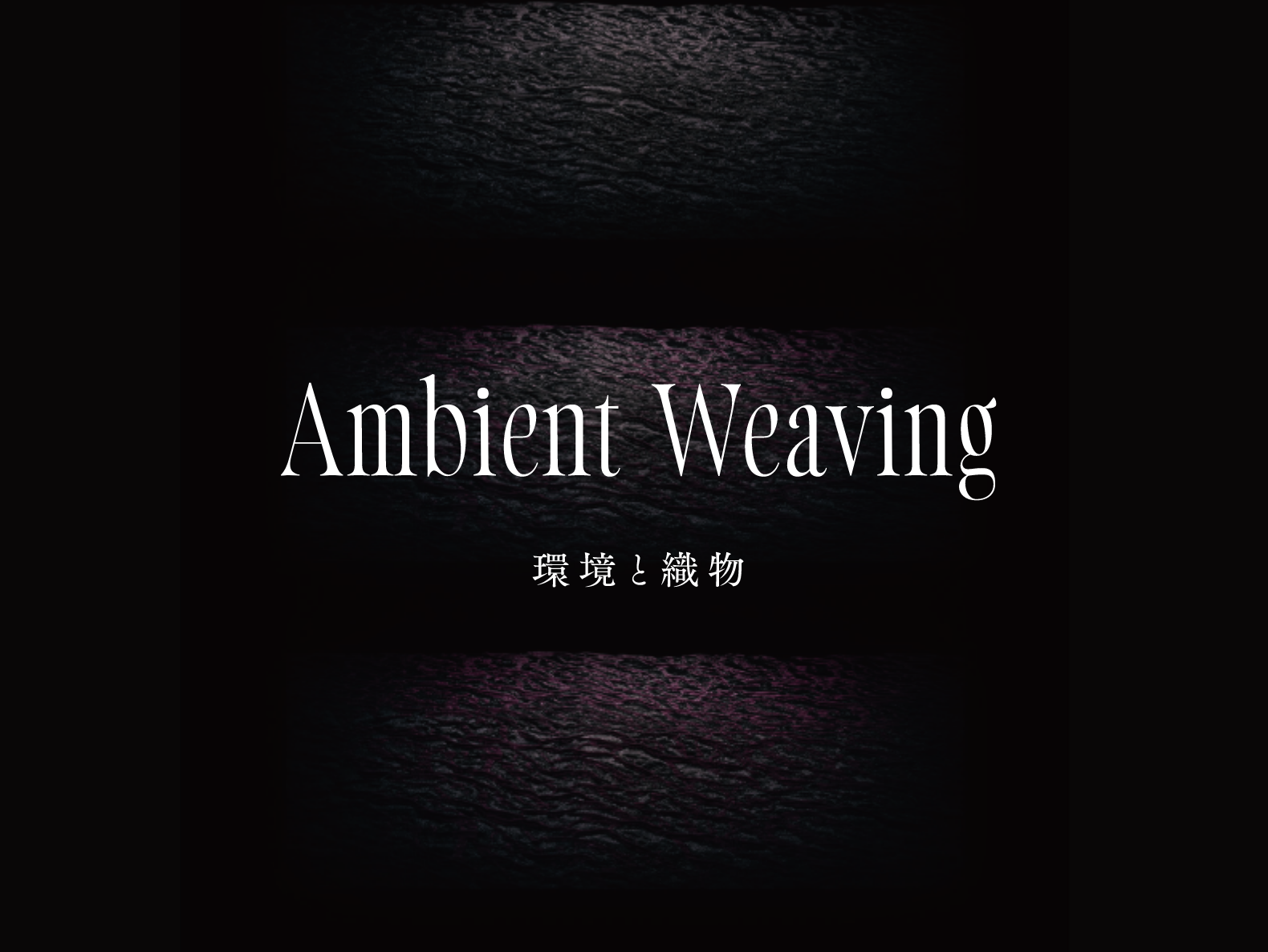
Textiles are indispensable in our daily lives, not only for fashion but also for living environments. In recent years, the development of smart textile technology that integrates various functions has been progressing, and efforts to further utilize this technology are actively being made.
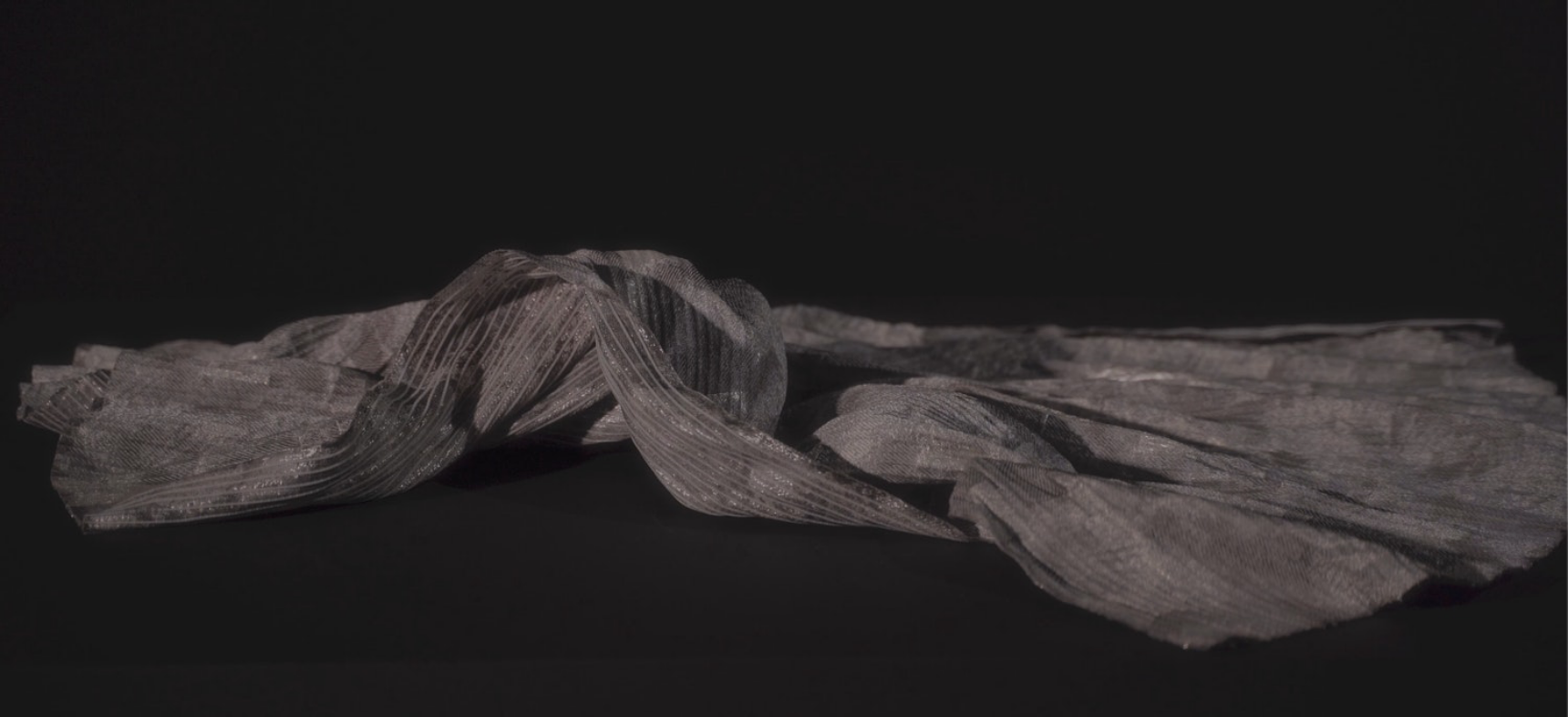
In the exhibition of results, “Ambient Weaving - Environment and Weaving”, five works were exhibited, using color changes according to environmental temperature, computer-controlled OLED light emission, and curing by UV irradiation. The concept of “textiles that express environmental information” and “textiles that are woven with the environment itself” was proposed, attempting to expand the experience of both function and beauty by mediating between the surrounding environmental information and the textiles.
By focusing not only on the functional aspect of textiles but also on the design aspect, we aim to further promote smart textiles by developing a multifaceted relationship between materials, weaving techniques, and expressions.
By viewing textiles as ambient media that interface with the environment, we will present through prototypes the expression of textiles that change in response to environmental changes, and textiles that generate changes as they work with the environment.
By focusing not only on the functional aspect of textiles but also on the design aspect, we aim to further promote smart textiles by developing a multifaceted relationship between materials, weaving techniques, and expressions.
By viewing textiles as ambient media that interface with the environment, we will present through prototypes the expression of textiles that change in response to environmental changes, and textiles that generate changes as they work with the environment.
EXHIBITIONDETAILS
EXHIBITIONDETAILS
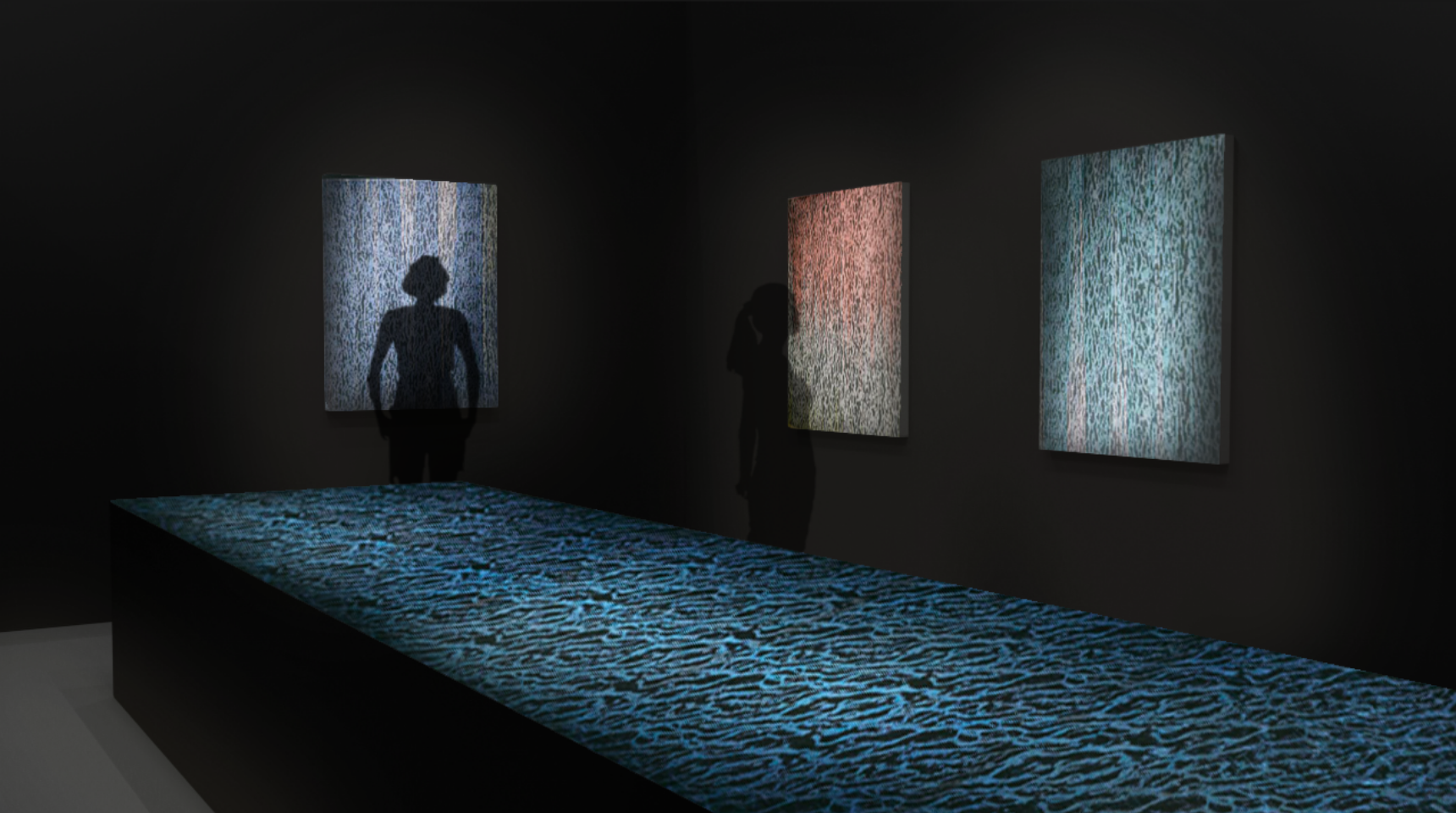
Traditional techniques and advanced technology
Smart textiles that combine design and function
Smart textiles that combine design and function
Hosoo Co.,Ltd., a long-established Nishijin weaving company with a history of more than 300 years, and advanced technology developed by the University of Tokyo and ZOZO NEXT, to create smart textile works that combine the beauty and functionality of ancient Japan.
All three prototypes will be exhibited for the first time outside Japan, and one of them will be a special updated version of the one shown in Japan.
All three prototypes will be exhibited for the first time outside Japan, and one of them will be a special updated version of the one shown in Japan.
WovenGlow
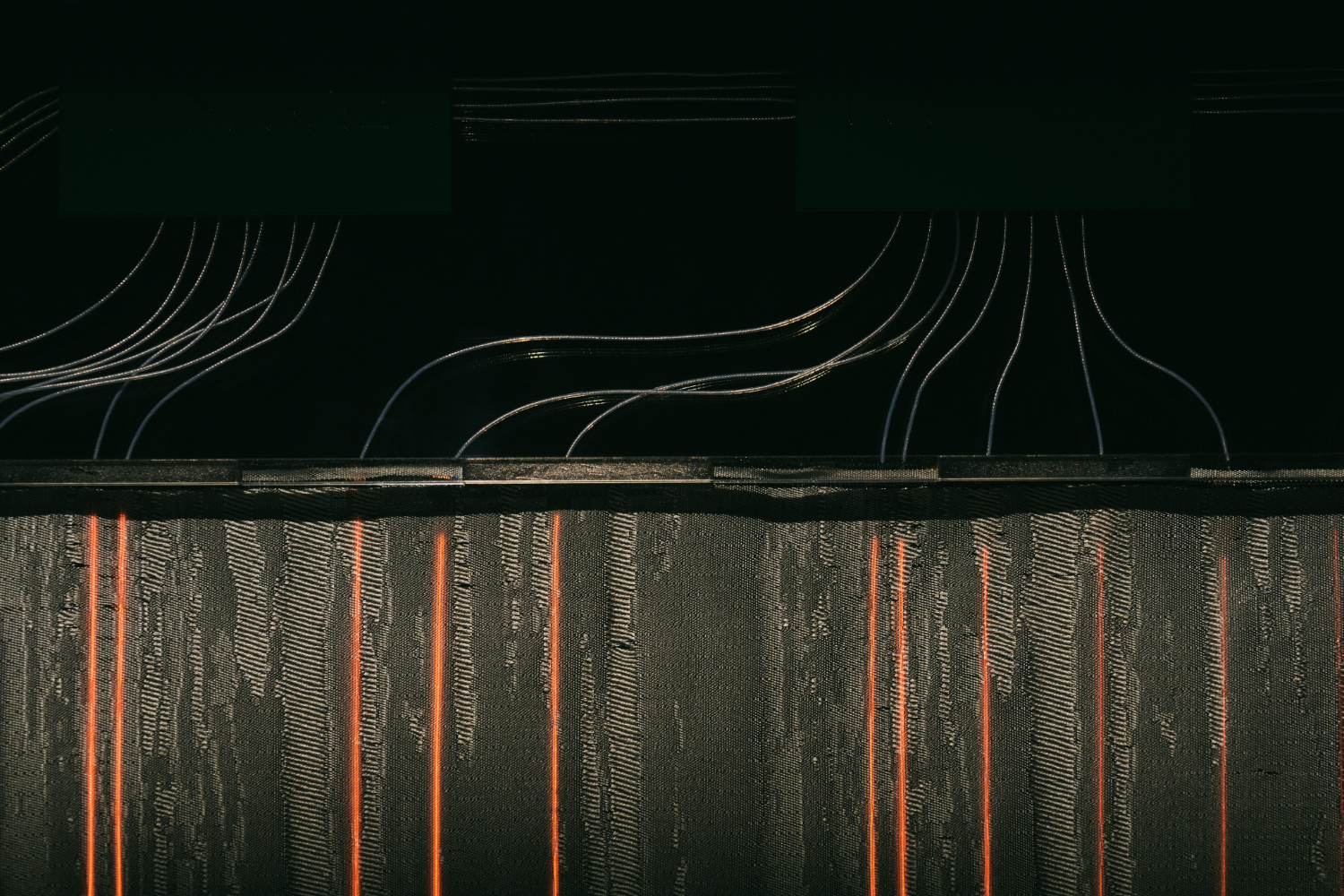
WovenGlow
A luminescent textile display, consisting of 384 interwoven OLED foils that emit a warm glow. The glow of each OLED film can be controlled individually.
When not emitting light, it can be used as a normal fabric.
When not emitting light, it can be used as a normal fabric.
WaveofWarmth
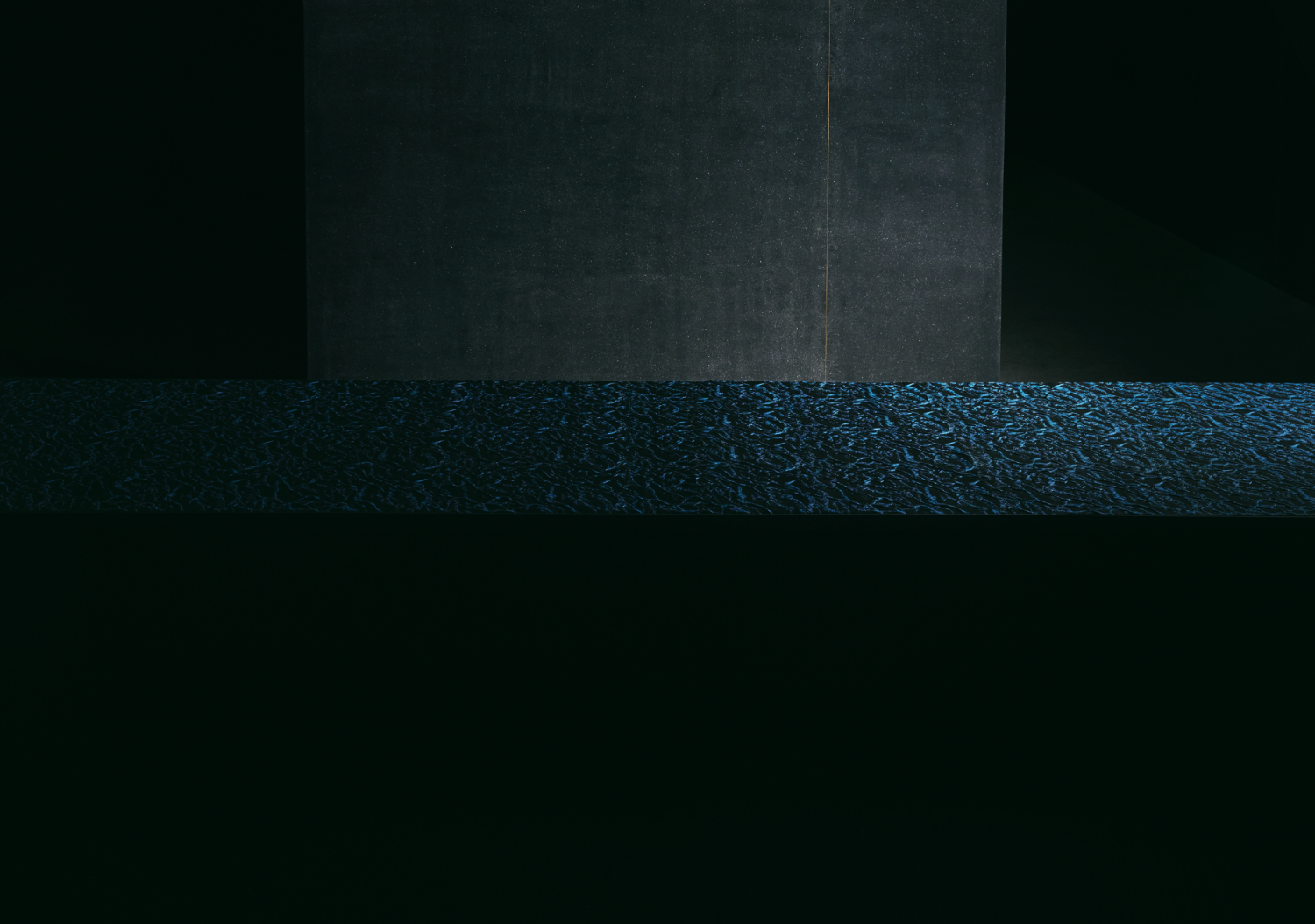
WaveofWarmth
A textile that changes color in response to temperature changes. I tried to visualize the existence and distribution of heat in space through the fabric.
The fabric is woven with a draw-foil made from leuco dye, an ink with the property of changing color with heat. A heater is installed at the bottom of the cloth, and its temperature changes the color of the cloth.
When the temperature exceeds 77 degrees Fahrenheit (25 degrees Celsius), the color changes from black to blue, and a gentle pattern like ripples, a traditional Nishijin textile pattern, is expressed.
The fabric is woven with a draw-foil made from leuco dye, an ink with the property of changing color with heat. A heater is installed at the bottom of the cloth, and its temperature changes the color of the cloth.
When the temperature exceeds 77 degrees Fahrenheit (25 degrees Celsius), the color changes from black to blue, and a gentle pattern like ripples, a traditional Nishijin textile pattern, is expressed.
DriftingColors
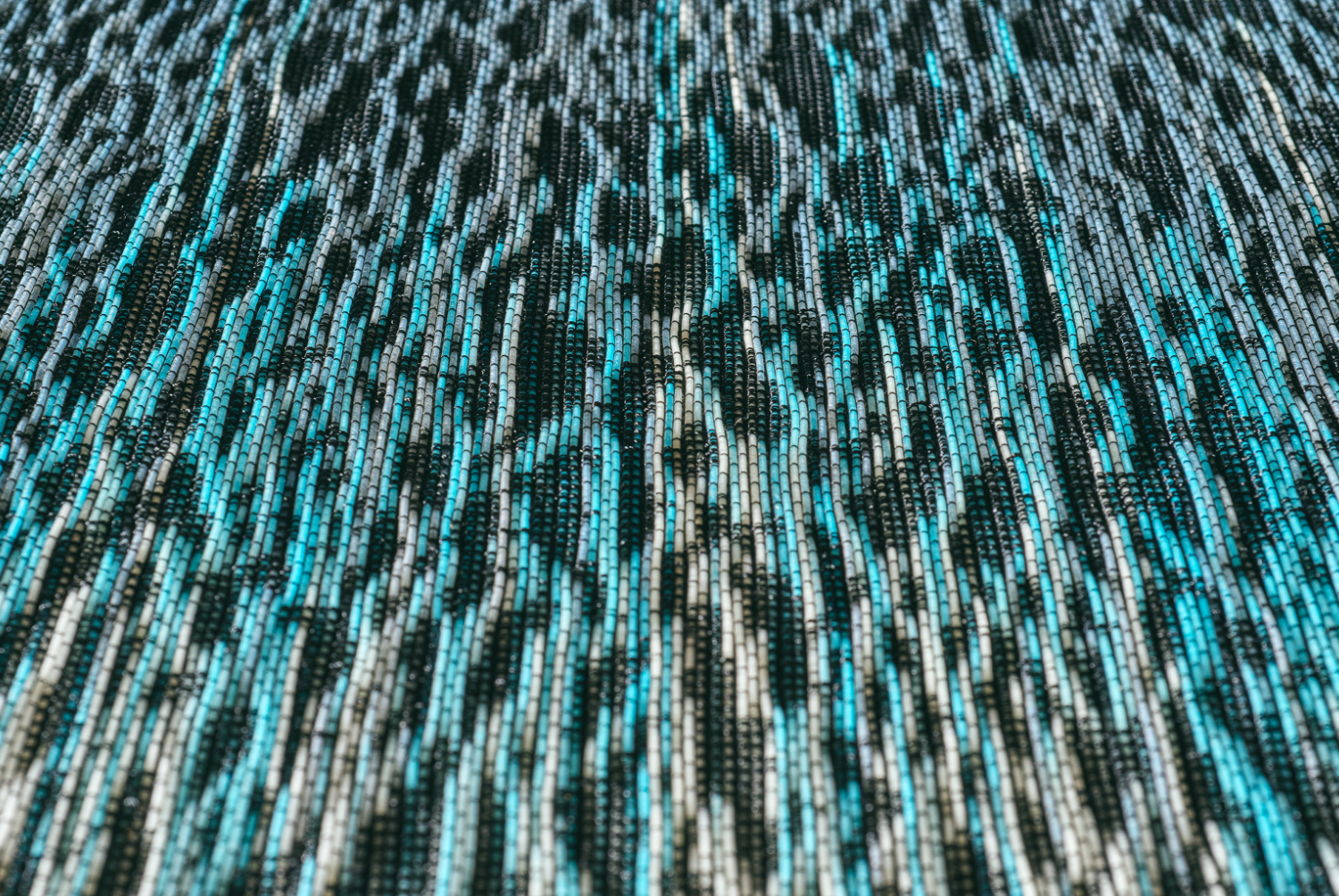
DriftingColors
Applying the principle of chromatography, in which a plant absorbs water, this textile continues to change color dynamically even after the dye has penetrated into the yarn.
When both ends of the cloth are immersed in colored water, the color decomposes in the yarn, generating various designs depending on the surrounding humidity and evaporation conditions. It is also possible to return to the original color, white yarn, by absorbing transparent water from the other end.
When both ends of the cloth are immersed in colored water, the color decomposes in the yarn, generating various designs depending on the surrounding humidity and evaporation conditions. It is also possible to return to the original color, white yarn, by absorbing transparent water from the other end.
For inquiries about the exhibit or this website